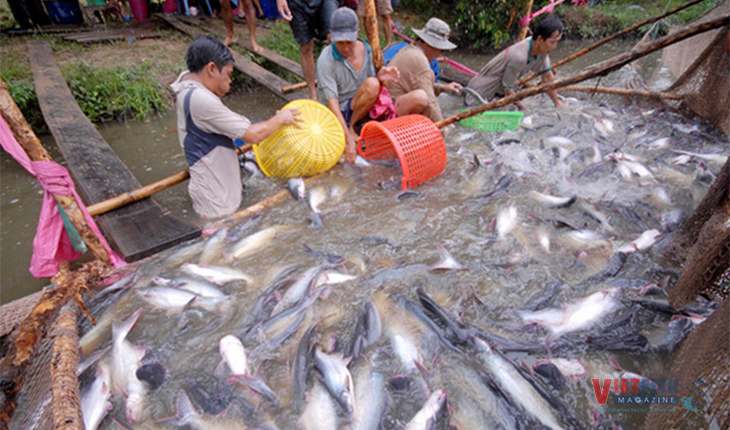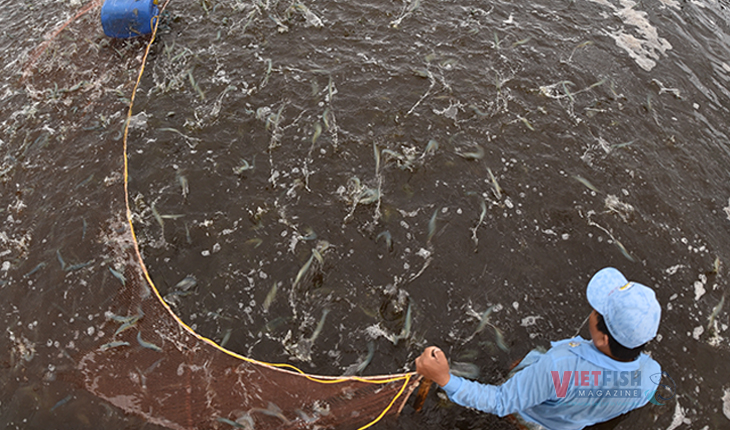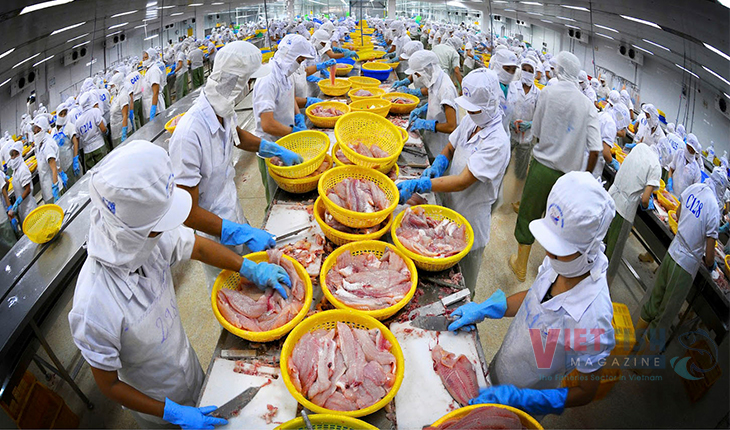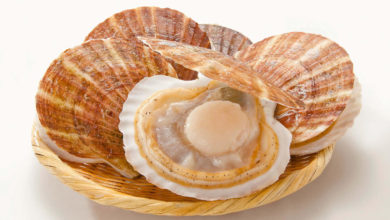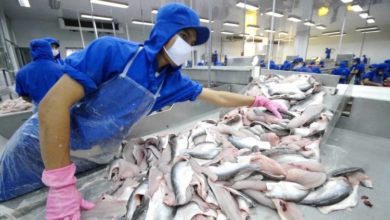Shrimp exports from Ca Mau exceed target
Ca Mau Province's seafood exports in 2024 totaled over USD 1.1 billion, exceeding the target and marking a 5.86% increase from last year. Shrimp exports dominated, accounting for about 80% of the total.
The Ca Mau Department of Industry and Trade attributes the growth in shrimp exports to increased seafood demand from key markets, including the U.S., EU, China, and Japan. Additionally, global consumer trends are shifting toward greater seafood consumption over traditional meats. Vietnam’s Free Trade Agreements (FTAs) offer significant tariff advantages, while provincial export promotion efforts have further boosted seafood export growth.
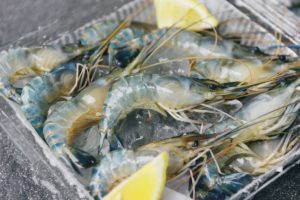
Phan Van Tam, Director of Administration and Human Resources at Minh Phu Seafood Group in Ca Mau, forecasts that the shrimp export market in 2024 will outperform 2023. Minh Phu’s export volume has grown by about 20% year-on-year, but profits have declined. This is due to a shortage of raw shrimp materials, a sharp rise in logistics costs, and stagnant export prices.
Nguyen Chi Thien, Director of the Ca Mau Department of Industry and Trade, noted that the province’s shrimp exports have experienced promising growth this year, a positive sign. However, long-term challenges remain that must be addressed for sustainable development.
In addition to logistics costs, which industry experts identify as a key challenge for future exports, there are several internal issues within the province’s shrimp production and processing sector. These include inconsistent aquaculture infrastructure, low-quality breeding stock, an underdeveloped processing industry compared to other countries, and the nascent adoption of green production and low-emission circular economy practices.
The production supply chain remains weak, with no proactive domestic shrimp feed production, leading to higher raw material costs and less competitive export prices compared to other countries. To boost sustainable growth in shrimp exports from Ca Mau, authorities, localities, processing and production enterprises, and seafood export companies must collaborate to address internal bottlenecks in shrimp production and processing,” added Thien.
Several businesses in Ca Mau report that, in addition to the challenge of competing with shrimp production costs, the quality of raw shrimp materials for export fails to meet the demands of high-end markets, putting businesses at risk. As global quality standards continue to rise, shrimp production must adapt to meet export requirements.
Phan Van Tam, Director of Administration – Human Resources at Minh Phu Seafood Group in Ca Mau, stated: “When exporting to markets like the US, Europe, Japan, and South Korea, the quality of raw shrimp is critical. To produce clean shrimp free from antibiotics and harmful bacteria, farming must adhere to biological technology. Current farming practices use high levels of antibiotics, and Minh Phu bears significant costs for antibiotic testing. We urge state management agencies to encourage shrimp farmers to adopt biological technology for improved quality.”
VFM


